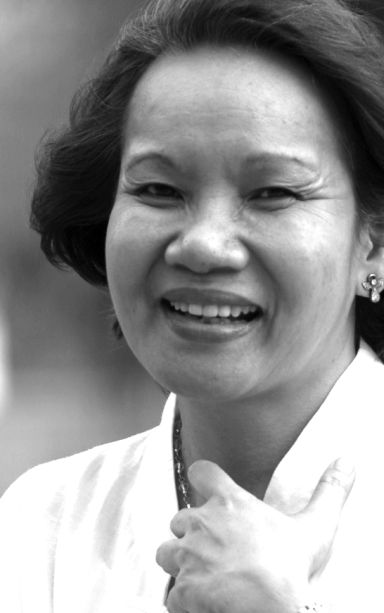
LOGARTA
Often women advocates are asked: why is there have been women’s day and women’s month and no men’s day or men’s month? Why do we have laws to protect women from domestic violence? How about the men? It is important to realize the presence of inequality between females and males in our society. This is clear in our language. For quite a while we have used the term “mankind” and terms like “manpower” while we are referring to human beings as a whole. This is not natural, it has been shaped by historical experience.
In our early Asian past the gap was less. Although males were the usual leaders, women held powerful positions, they could be priests. Men went out of their way to give them pleasure. During Spanish colonization, with the parish priest as the most powerful person in a locality, more powerful than the lay leaders, females became marginalized. They had limited education or practically none at all. Females like Mother Ignacia del Espiritu Santo had to struggle against such a condition. In a guide on manners for females they were taught never to display themselves, always to stay in the background. They were taught that they were meant only to bear and rear children. But they were forbidden from being open about their feelings. Such behavior would be considered flirtation. Some believe this to be the beginning of the “hele hele bago quiere” attitude.
Agoncillo declared that women were taught to be loyal to their husbands even when they were immoral. Such expectations ushered in a double standard of morality. That was bad for both males and females. Males became morally spoiled while females suffered. From the moment patriarchy entered female had struggled with it. The women of Malolos could not bear not being allowed to learn Spanish. Emilio Jacinto had to remind the Katipuneros that females were not to be playthings, that they were partners in the struggle.
Carmen Guerrero-Nakpil in her book “Woman Enough” said that women beginning with the American Colonial period were shaped by Hollywood movies. Imagine the romantic role models offered by such an exposure. Although females entered schools and even took college degrees the inequality persisted. Dr. Carol Sobritchea-Israel in an essay on the domestication of women pointed out that household products introduced during the American Colonial Period intensified the domestication of women. Such continued the inequality.
Inequality is dangerous because it has led to the abuse of power. Sexual harassment is an exercise of power over one perceived to be less powerful. A research on violence revealed that most victims were females while most of those that inflicted violence were males. The need to fight for equality and women’s rights continues. Breakthroughs such as the passage and implementation of the Philippine Magna Carta of Women have occurred. The beautiful thing about women empowerment is that it also liberates men. When we break the stereotypes, when we become conscious of the imposed features of gender roles both become free to explore life’s possibilities. So men have been supportive of the struggle like those who worked in Men Opposed to Violence Against women.
A very important reason behind the integration of gender in the curriculum is that in its absence males are deprived of learning about parenting. So I was very happy to hear about the ErPat Program introduced by the Department of Social Welfare and Development implemented in barangays. Here, fathers experience reflecting about themselves and their self-esteem. They also discuss parenting in a time when they face the challenge of communicating with their children caught up with modern gadgets. Fathers also discussed the bullying that has victimized children. Parenting became more of a shared experience rather than a monopoly of the mothers. We had this sharing from Rudy Romares and Ben Baruc in the LAW Center Inc. program, Sa Mata sa Kababayen-an aired in CCTN.

